Family †Hadrosauridae Rank Genus | Class Reptilia Suborder †Ornithopoda Phylum Chordata | |
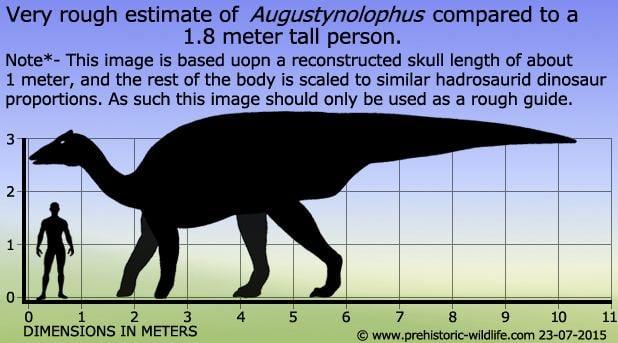 | ||
Similar Adelolophus, Ahshislepelta, Acristavus, Amargastegos, Albertadromeus | ||
Augustynolophus is an extinct genus of herbivorous saurolophine hadrosaur dinosaur which was discovered in the Moreno Formation in California, dating to the late Maastrichtian age, making it one of the last dinosaurs known from the fossil record for the Cretaceous–Tertiary (K–T) extinction.
Contents
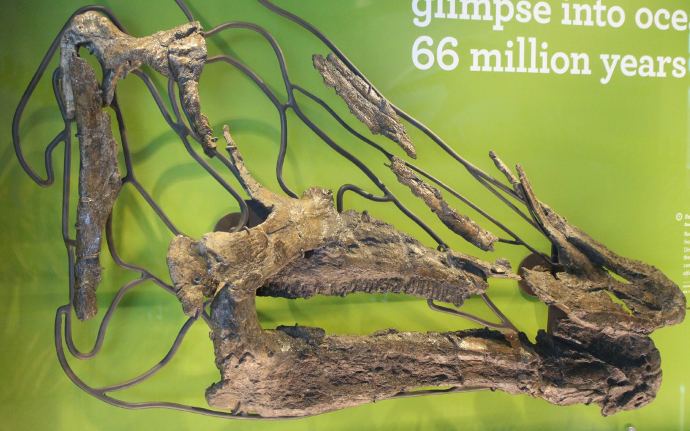
Discovery and materialEdit
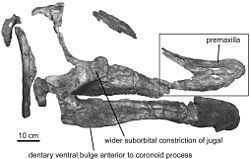
The generic name derives from a combination of the Augustyn family, who helped support the Los Angeles County Museum, and the suffix "-lophus," referring to its relation to Saurolophus. The specific name refers to palaeontologist William Morris. It was originally described as a species of Saurolophus, S. morrisi. However, when a more in-depth study took place, the end results revealed that its cranial structure was vastly different when it was juxtaposed with the other known members of the tribe Saurolophini, most notably Saurolophus osborni and Saurolophus angustirostris and Prosaurolophus maximus and therefore, it was determined to be a separate genus. Like all species of hadrosaur, Augustynolophus morrisi was a herbivorous dinosaur which had a diet consisting of the plant life in the area, it was specialized to chew its food since hadrosaurs were one of the few known species of dinosaur that chewed its food.
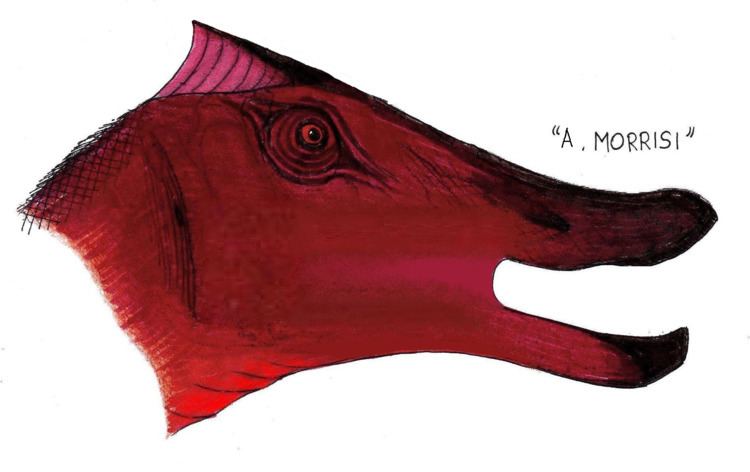
All known specimens of Augustynolophus have been found only in California, which was a part of Laramidia, arguably one of the best known locations for dinosaur fossils. There are currently two known specimens of Augustynolophus. The holotype, LACM/CIT 2852, was unearthed in 1943. It consisted of the majority of the skull (including the dentary and predentary), vertebrae, and bones of the limb and hand. The second specimen was designated LACM/CIT 2760. Discovered in 1939, it was made up of elements of the skull and limbs. Due to its smaller size, it may have been a juvenile. It should be noted that it is one of three know dinosaurs from western coast of the United States, the other two being the Campanian ankylosauridae Aletopelta coombsi and undescribed species of tyrannosaur from Washington state. However, it should be noted that indeterminate hadrosaur remains have been found through out California and similar areas.
PaleoecologyEdit

Very is little is known about the fauna found in the coastal states of Laramida, which is a stark similarity to the neighboring island continent of Appalachia which was on the opposite side of the Western Interior Seaway, when juxtaposed to the western Untied States which has a history for of rich fossil finds, most notable examples include the Hell Creek Formation and the Two Medicine Formation. However, like with Appalachia, where as the land fauna, most notably the dinosaurs, is not well studied and are not well known thanks to the vast majority of vegetation the covers the eastern United States and some of the fossil formations were destroyed by glaciation during the Pleistocene ice age, though some of the fossil formations present in Appalachia have revealed what types of dinosaurs lived in that environment, but a lot of fossils of the marine life that inhabited the Western Interior Seaway, and other examples of prehistoric marine life, have been unearthed in large quantities in the eastern United States.
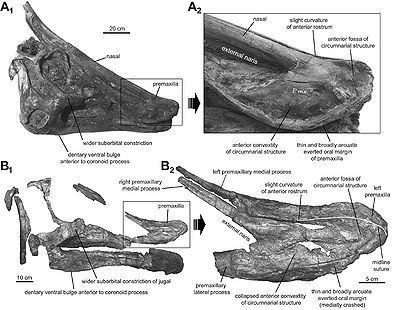
However, despite the fact that dinosaur fossils are rare in California, the Moreno Formation is one of the more well studied Mesozoic geological formations in California and like Appalachia, it is more well known for the large amount of marine fossils as mentioned earlier. While ammonite fossils are been completely absent from the Moreno Formation, crustacean, algae and a multitude of diatom fossils have also been unearthed in Moreno Formation.
